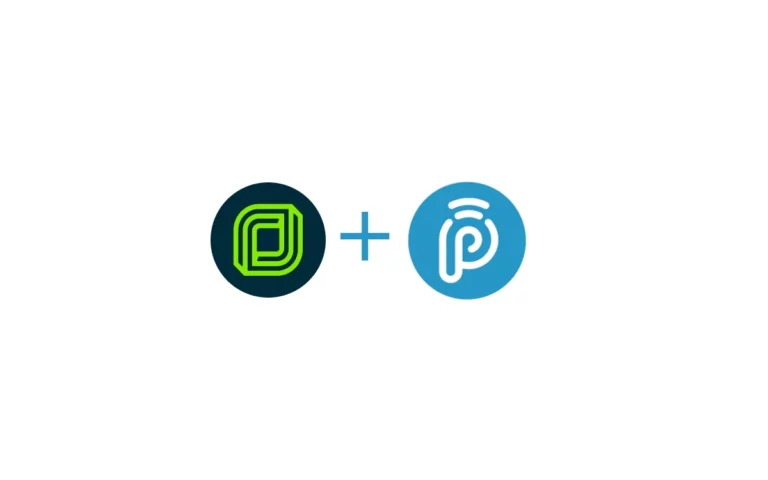Call Forwarding – How Can It Benefit My Small Business?
You call your doctor’s office, needing to make an appointment the next day for your sick first grader. It’s not an emergency, but you want to make sure that you can get an appointment the next day if it’s available.
You’re expecting to be sent to voicemail because it’s 8 o’clock PM on a Tuesday, but instead after two rings, someone picks up. They’re a third-party answering service that can set up appointments, and you hang up a few minutes later with an appointment at 9 AM the next day– right when the office opens.
This is the magic of call forwarding, which can be a game-changer for small businesses using it for a number of different purposes to best serve their customers and streamline their own communication efforts. In this post, we’re going to look at everything you need to know about how to leverage call forwarding for your small business and what it can do for you.
What Exactly Is Call Forwarding?
Call forwarding is a phone feature that allows you to have one line’s incoming calls automatically redirected to another line. This can happen instantly, sending someone to the second line immediately upon calling; this can be scheduled (say after hours) or be ongoing regardless of the time of day.
You can also set it up so that if the first line rings a few times and no one answers, it can then be sent to the second line.
Call forwarding ensures that all incoming calls are directed to where you need them to go, meaning that your clients are being sent to someone most likely to help them as quickly as possible.
Why Small Businesses Need to Consider Call Forwarding
Call forwarding is enormously advantageous to small businesses and those who work for them who are trying to do it all. The goal, after all, is always to ensure that your phone calls from clients, leads, and vendors are being answered as fast as they can be and that they’re getting to the right person as fast as possible. This can help.
Consider that someone who is sent to a qualified answering service like PATLive after hours, for example, prevents you from having a full voicemail inbox to sort through first thing in the morning while it simultaneously allows expert agents to handle a wide variety of client issues or answer their questions for you. This is a massive time saver and a boost for your customer service at the same time.
Other businesses may use call forwarding to route their calls to an answering service the vast majority of the time, allowing companies like ours to handle the bulk of their incoming calls and client concerns and only sending them further down the line when needed. It goes without saying that this is even more of a time-saver for businesses who may be low on manpower and time.
You can also use call forwarding technology on individual lines. Have an important team member going on vacation? You can always reroute someone calling their personal line to the main receptionist or answering service, where they can take a message or see if another team member can help. And if there’s an important call you need to take after hours, you can reroute your business’s line to temporarily ring on your mobile phone. This allows key personnel to be available even when they’re outside of the office if it’s absolutely necessary.
Keep in mind that the easier it is for your customers to get in touch with you, the better. They’d rather get in touch with you the first time instead of jumping through multiple hoops or landing in your voicemail. Too many potential leads might not even leave a voicemail, deciding it would be too much trouble and costing you an opportunity in the blink of an eye.
How to Take Advantage of Everything Call Forwarding Has to Offer
Good news: Call forwarding is exceptionally easy to set up. Many smartphones will even have “Call Forwarding” as a feature available under their settings and they only take a few minutes to set up. You can see examples of how to do this here.
Some virtual business line apps like Tresta make this even easier, having call forwarding as a native and convenient option that can quickly be enabled or disabled as needed.
You can also utilize call forwarding from landlines and smartphones alike by taking the following steps:
- Dial *72 for Verizon and Sprint, or *21 for AT&T and T-Mobile
- Enter the phone number that you want to forward your calls to
- Press the # key
- If on mobile, press the “Call” button
- Listen for the confirmation tone or message
If you want to deactivate call forwarding, dial the following codes for the appropriate carriers:
- Verizon: Dial *73
- Sprint: Dial *720
- T-Mobile: Dial ##21#
- AT&T: Dial #21#
If you have any questions or technical difficulties, call your phone carrier. They’ll be able to help you quickly.
Part of the beauty of call forwarding is that it’s so versatile. You can use it only as-needed in specific circumstances, have it set up on a schedule or semi-regular basis, or even having it running nearly constantly to send overflowing calls to a reliable answering service like PATLive.
Choose the option that’s best for your business, and remember that it can always be adapted as your business grows and evolves, too.






